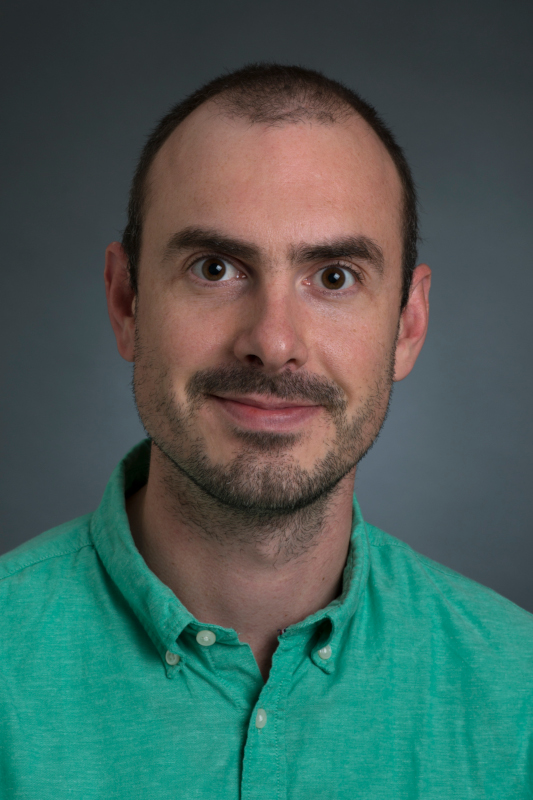Type 2 diabetes in real-life
New PhD thesis from DCE investigates the incidence, prognosis, and treatment effectiveness of type 2 diabetes in Denmark.

Jakob Schölhammer Knudsen, who defended his PhD thesis online yesterday, has conducted four studies on real-life type 2 diabetes. The aims were to examine: 1) time trends in HbA1c and lipid management and prognosis in early type 2 diabetes 2) how differences in patient characteristics between participants in key randomized controlled trials influence the generalizability of trial efficacy into treatment effectiveness among real-world users of newer glucose-lowering drugs.
Jakob found that the incidence of type 2 diabetes decreased after introduction of HbA1c measurement as a diagnostic option in 2012. As regards mortality after diagnosis, an opposite trend was detected as mortality decreased until 2011 and then began to increase. Jakob and colleagues also found that monitoring and treatment of blood glucose and cholesterol improved considerably from 2000 to 2017, but still has room for improvement. Finally, they found that three in four patients who initiated liraglutide treatment had clinical characteristics that would have deemed them ineligible for the trials that led to the approval of liraglutide as a treatment for type 2 diabetes and more than half of liraglutide initiators used it off-label. Applying new methods, they concluded that patients ineligible for the trial experienced similar reductions in HbA1c compared to both real-world patients eligible for the trials and patients originally participating in the trials.
